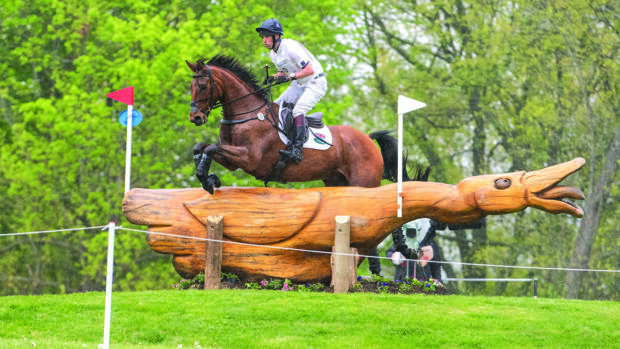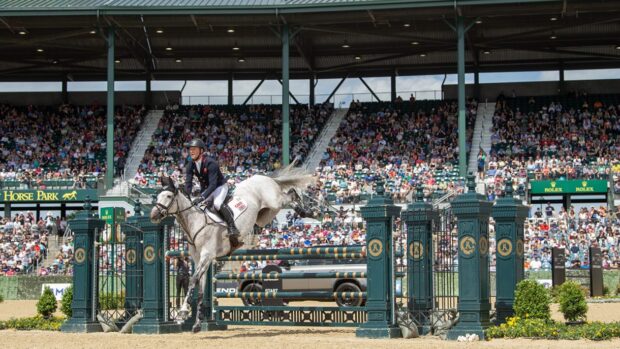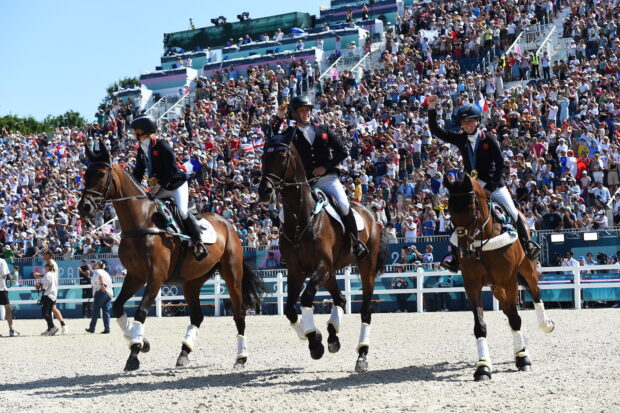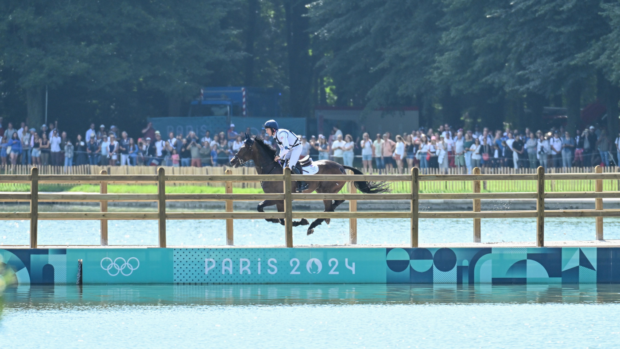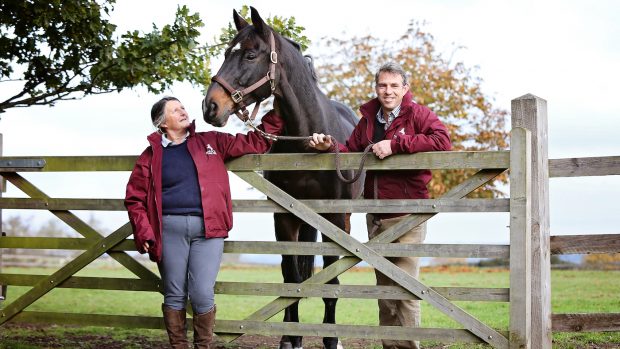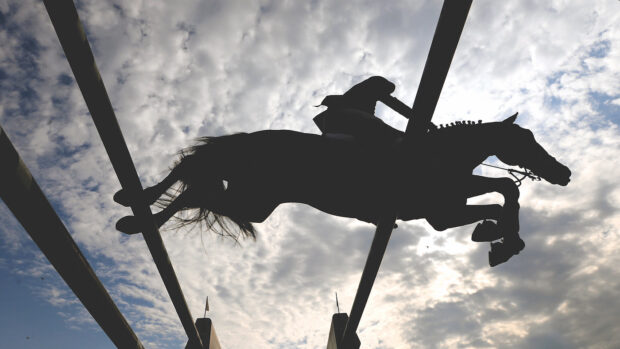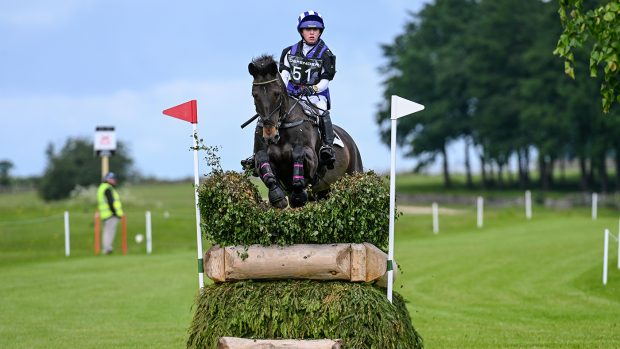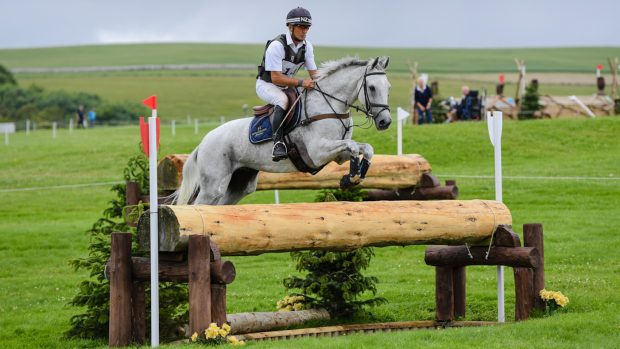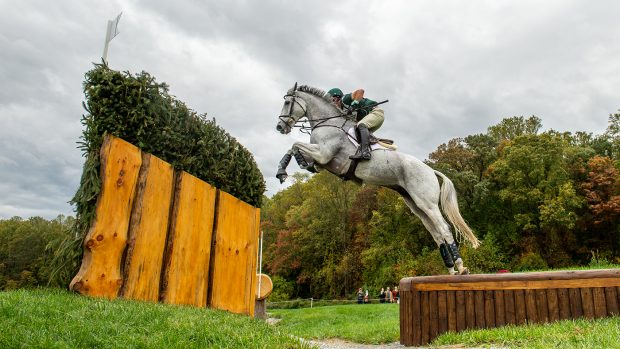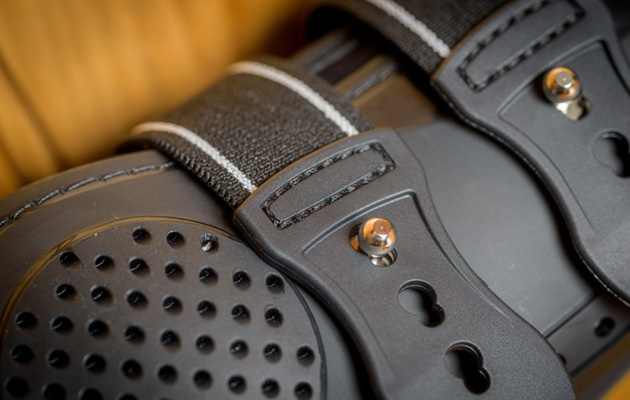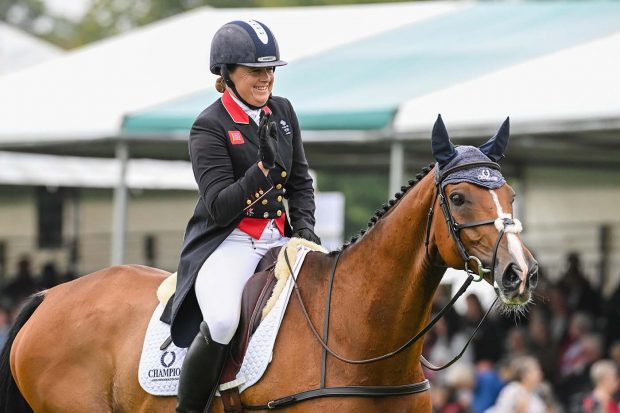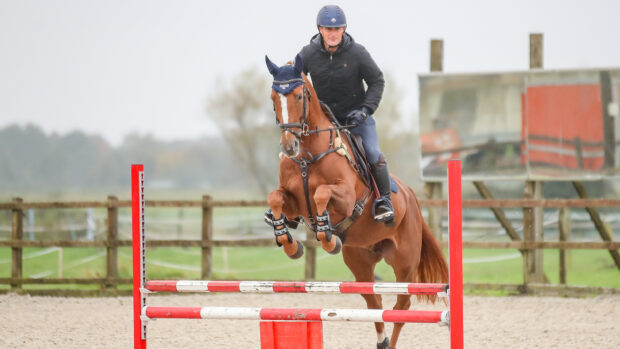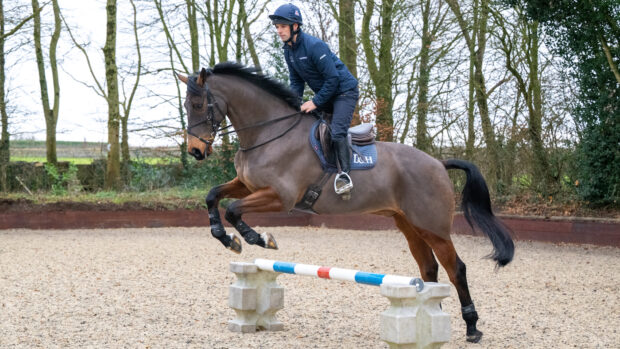Eventing
Eventing top stories
-
 News
News -
 Features
FeaturesHow to watch the Kentucky Three-Day Event 2025 live streams and TV coverage: your armchair viewing guide
-
-
 News
NewsEventing confirmed for LA28 Olympics following success of Paris 2024
-
 News
NewsIdeas for new international eventing championship for under 25s to ‘fill the gap’
-
 News
NewsLoved to the very end: sad farewell to ‘incredibly special’ Olympic horse aged 25
-
 Opinion
OpinionPiggy March: ‘We need to believe in our British events’
-
 News
News£2m invested in pre-emptive crackdown on gene doping in horses
-
 News
NewsKey decisions concerning horse sport at LA28 Olympics expected in days
Eventing opinion from H&H columnists
Tack and clothing
-

From tweed to tech: 7 best men’s show jackets for style and performance in the ring
-

12 ladies’ show jackets perfect for the ring
-
-

Look and feel the part in one of these stylish tweed jackets
-

Gearing up for the eventing season? Check out what you need to wear...
-

Protective tendon boots for jumping and flatwork
-

16 of the best competition breeches to wear in the saddle this season
Training tips
-

13 expert tips from Pippa Funnell including take your time, steer with your eyes, and repeat, repeat, repeat
-

*Exclusive* How Alex Bragg’s training exercise uses turns to master straightness while jumping
-
-

*Exclusive* Improve your horse’s rideability and straightness with Harry Meade’s three-fence jumping exercise
-

*Exclusive* ‘Small fences help produce expressive, accurate flying changes’: how Harry Meade mixes dressage with cavaletti
All about eventing
Eventing is a three-phase equestrian sport in which a horse and rider combination compete in dressage, showjumping and cross-country. The same combination have to compete in all three phases – a rider can’t substitute a different horse for any part of the competition. The sport is designed to be a test of all-round horsemanship of the rider and the adaptability and training of the horse across the different sports. Scores are given as penalties and the horse and rider with the lowest penalties after all three phases of an event are the winners. Events, also known as horse trials, are typically referred to as one-day or three-day events, despite the fact a competition can actually be held over one, two, three or four days. Eventing in Britain is overseen by the sport’s governing body British Eventing with competition starting over jumps of 80cm in height, called BE80(T) and increases in height up to advanced level over showjumps with a maximum height of 1.25m and cross-country fences set at 1.20m. There are also international eventing competitions run under FEI rules from one- to five-star level.
